You know, if you’ve never heard me speak, I would have an accent that many would classify as a “thick, Southern” accent. Though it’s a lot less thick, my accent marks several things about my identity (or the identity society places on me). It tells the hearer that I am from a specific location and within that location, it tells the hearer that I am not from a metropolitan area. My accent sometimes may signal ignorance (which in some senses I claim). My twang and extension of syllables may express unintelligence, low economic status, skewed views of history, racial bias. My high pitched range may also signal questions about my sexuality and send hearers into an array of thoughts and implicit stereotypes.
One of those stereotypes is the connection with how I sound to the rhymes and rhythms of country music. I will be the first to claim this stereotype, but my country music consists of the ole’ country divas, modern interpretations of storytelling, and music that speaks to the times (as country music did when it wasn’t consumed with beer cans and pick-up truck images…I digress). Taylor Swift was a part of the mainstream country movement and later went on into a career in pop music. Her latest song entitled, “You Need to Calm Down,” was a gay anthem of sorts, bashing homophobic and xenophobic ideologies (wonderful stuff).
In the music video, however, she depicts a mob of angry, hillbilly people who are dirty and dressed in stereotypical country clothes. Some are holding awful signs and spouting terrible protests outside a rainbow-colored trailer park filled with gay icons of our time and Taylor singing. At the end of this video, two of the protestors are converted to become part of the gay movement that is happening in front of them – the two people are beautiful, attractive, and completely opposite of their protesting colleagues. In this instance, beauty from the outside equals beauty on the inside. Swift contributes to the narrative featuring the racist, homophobic, low income, ugly, hillbilly…
And all this to say because it brings me to the recent protests in the midst of COVID-19 and an economic shutdown by mostly white folk who are storming capitol buildings with military grade rifles, selfish motives, Confederate costumes, and swastikas. Will they will become the next round of “hillbilly” people spotlighted? Though racist and covered in the evil of white supremacy, will the eye and the gaze of society be moved toward them to keep the focus on the country bumpkin? Will coverage focus on the most self-parodying participants, performing their solidarity with the President and other symbols of defiant “uncorrectness?” This is music-video-turned-into-reality and the answer to that question is, of course it will. We see posts on Facebook by white progressives who are absolutely appalled and creating jokes and memes and god knows what else. We see white pastors creating distance between them and their flocks and their people. It is textbook how this type of gaze happens.
All the while, the powers at hand, in government, right wing ideologues, extractive and exploitive industries, etc. weave more threads into the fabric of white supremacy — this one lens deflection (made by many progressive whites) is within itself a part of that thread. Not only is the sin of whiteness made to be invisible, it is also made to be seen.
We can explicate this in terms of the class battle within the white culture. The demonization of lower income, rural, white racists does not eliminate the claimed right of hegemony that is part of whiteness in America – it perpetuates privileging in another less visible form. In order to further the movement toward decentralizing whiteness, we must understand why the actions of demonization toward non-progressive, lower income individuals continue the cycle of sin and the centralization of power.
John Hartigan argues that as an unpopular culture (though gaining popularity through populist and right-wing ideologies) the images and instances of ‘white trash’ in mainstream media productions work as examples of what whites cannot afford to be if the propriety of their implicit racial privileges are to be maintained.[i] Poor whites have been scapegoated by the progressive white middle-class as radical racists and the church has (often unconsciously) aided in that process. The mainstream media and much of social media focus the attention on what is seen as racist. They focus on what they cannot be in order to keep the middle-class comfortableness that they have obtained. Progressive white churches preach about (or assume) the bigotry and the malice of the “poor white” and yet do not recognize that they are only seeing a mirror image of themselves in the face of their poor white sibling. This simply shows that the sin of whiteness does not escape anyone. Whiteness is for all white people.[ii]
Accountability is needed. White people should not be carrying military rifles into public spaces adorned in Nazis or Confederate attire and yes, if those people were people of color, they wouldn’t have gotten past the door. They’d be locked up with a bail set to unreachable payment to keep them sitting in jail. Accountability is needed from one white person to the next and as a part of that accountability, we have to be accountable for ourselves and our own actions as white people.
James W. Perkinson, in his book called White Theology, emphasizes that whiteness is usually a performance that is quite unaware of itself.[iii] The sin of whiteness and the perpetuation of white supremacy leak down into white lives in all manifestations including the overanalyzing, over-demonizing, over-spotlighting of the people who we define and who are seen as racist. White people must do the work to uncover the ways in which we perpetuate white supremacy because in many ways we are unaware – we know not what we do – and yet, we are so aware of what we do.
In a moment where the visibility of racism is itself seen more and more, it is our work as white people—as white Christians– to keep working on ourselves while speaking out against bigotry. Pointing the finger at the other needs to coincide with pointing the other finger at ourselves. Just as we are not immune from this pandemic, white people are not immune to the inner-workings of whiteness.
As James Cone said “The cross can heal and hurt; it can be empowering and liberating but also enslaving and oppressive. There is no one way in which the cross can be interpreted. I offer my reflections because I believe that the cross placed alongside the lynching tree can help us to see Jesus in America in a new light, and thereby empower people who claim to follow him to take a stand against white supremacy and every kind of injustice.”[iv]
So may we stand against white supremacy, hold our siblings accountable as well as ourselves, and be intentional about our rhetoric and our actions. Holier-than-thou spouts create the false reality that white, progressives are exempt from doing the work of dismantling white supremacy which is a work that does not end. So, to my white siblings, and in the words of Swift, we need to calm down before we point the finger at what is seen. We need to calm down when we only hold people accountable in order to keep our own privilege. We need to calm down because the powers of evil work in seen and unseen ways.
This is holy work. This is hard work. This is work that will not stop because the sin of whiteness will not stop. May we do this work, for if we do not, our souls will wither and our black and brown siblings will continue to suffer.
[i] John Hartigan Jr., “Unpopular culture: The case of ‘white trash’,” Cultural Studies 11 (1997): 320, accessed April 25, 2017, http://dx.doi.org/10.1080/09502389700490171.
[ii] Steve Garner, Whiteness (New York: Routledge, 2007), 34.
[iii] James W. Perkinson, White Theology (New York: Palgrave MacMillan, 2004), 41.
[iv] James Cone, The Cross and the Lynching Tree (Maryknoll: Orbis, 2011)
Lee Catoe is the Managing Editor of Unbound and the Associate for Young Adult Social Witness for the Advisory Committee on Social Witness Policy for the Presbyterian Church USA.

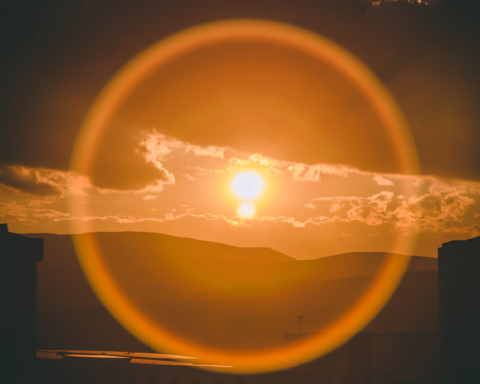
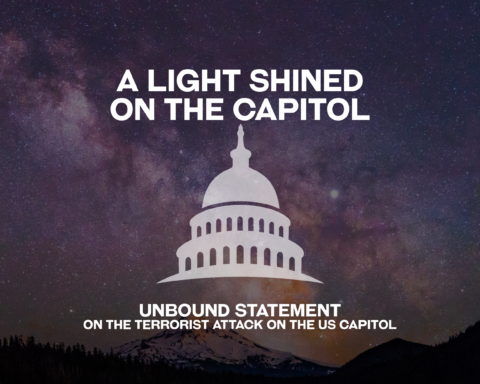
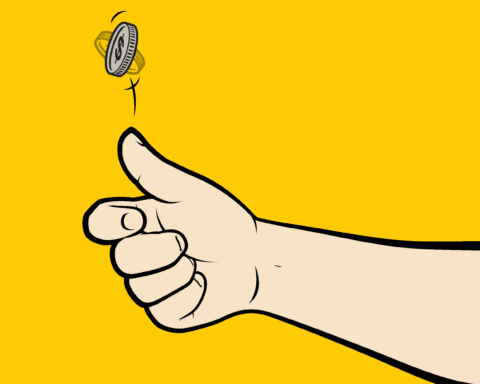
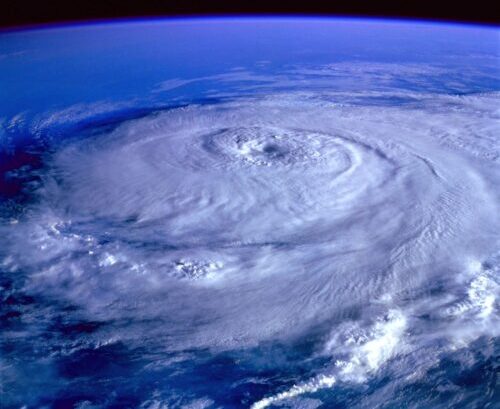
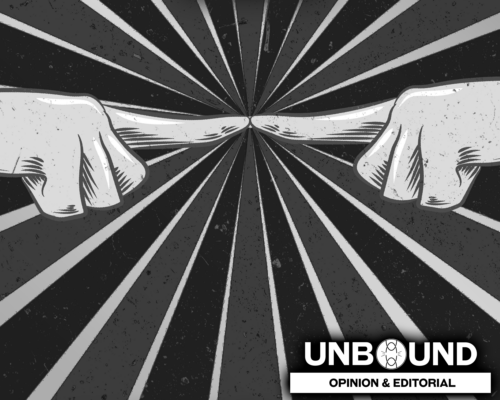
Unbound Social